10 Most Important Trends In Technology In The 2010s
Dhir Acharya - Oct 14, 2019
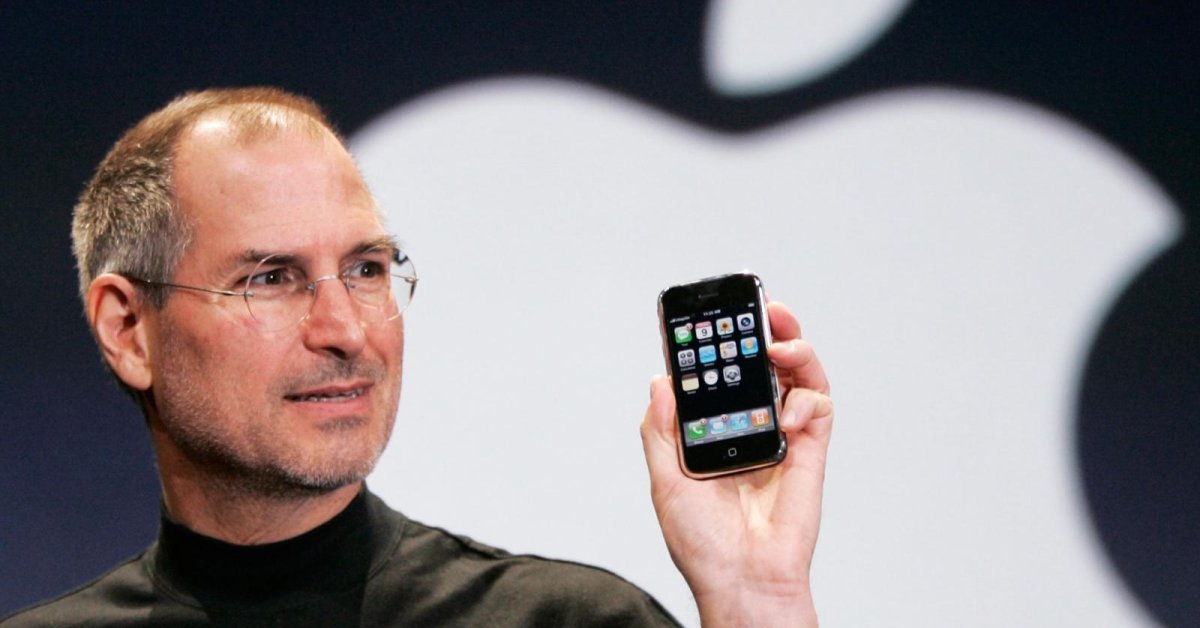
When Apple released the first iPhone in 2007, it changed not only the destiny of the company itself but also the entire technology world.
- Best Gaming Phones 2025: Top Devices for Mobile Gaming
- Apple Kills Original HomePod, Focusing On HomePod Mini
- iPhone 12 Color Is Fading Away Quickly And No One Knows Why
Over 10 years ago, Apple needed $150 million from Microsoft for an investment to save it from ceasing. But when it launched the first iPhone in 2007, the mobile revolution turned to a new chapter. Over the following years, more products from Apple inherited the success of its iPhone. And we have seen Apple’s phones and Android phones flooding the global market, playing a bigger and bigger role in our life.
As a result, the most important trends and products in the 2010s technology will all be related to the mobile revolution.
10. Uber, Lyft, and Airbnb
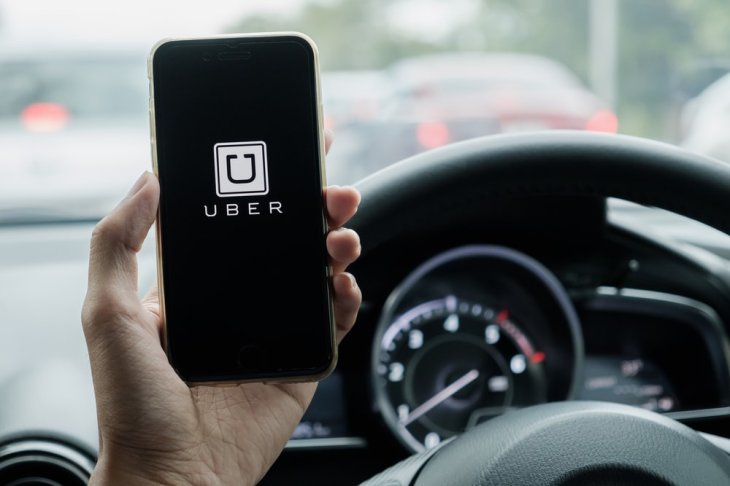
Thanks to these services and the like, it’s now much easier and cheaper to get a ride as well as a place to stay. They have also made the power of smartphone apps clearer than before, along with their counterparts across the globe such as Grab in southeast Asia and DiDi in China. By year-end, Airbnb’s room listings were more than all the available rooms of the top five hotel chains in the world combined while Lyft and Uber had 65% more rides compared with taxis in NYC.
However, the pros didn’t come without the cons, for example, endangered passengers with Uber and tone-deaf advertising with Airbnb.
9. AirPods and the layoff of the headphone jack
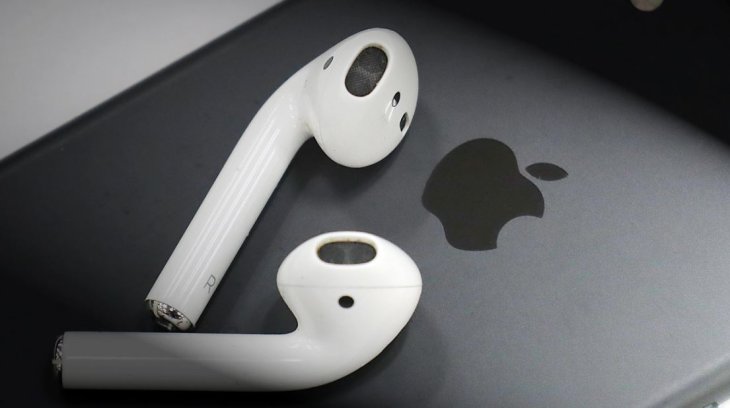
The removal of the headphone jack that Apple made in 2016 was among the most controversial innovations of the 2010s. The iPhone maker wanted to make the world switch to wireless earbuds, like its pricey AirPods.
When the AirPods were released three years ago, they looked really awkward. However, this year, Apple is close to selling 50 million of this product, making it the leader in the crowded wireless earbuds market.
8. Amazon Echo and Alexa
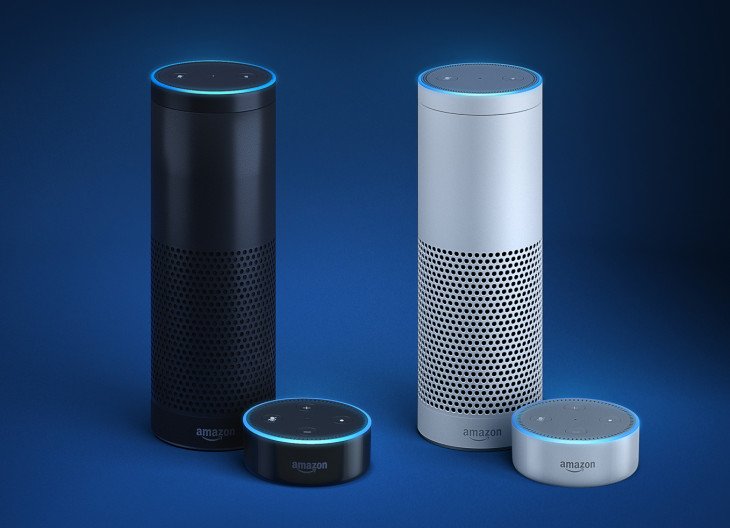
When the first Echo speaker came out in 2014, it gave people shrugs and head scratches. It was essentially a Bluetooth speaker that could respond to voice commands. Then it became cheaper and smaller. Additionally, developers gave it creating skills so that it could do more.
People then actually liked to do stuff with their voices like setting timers in their kitchen, playing music and checking the weather, sports, and news. With that, asking Alexa (then other voice assistants) became a cultural phenomenon.
Since then, Apple and Google have been trying to catch up with Amazon’s Alexa while the tech giant has expanded its assistant’s capabilities to many other devices. Unfortunately, Amazon has also developed greater privacy concerns with Alexa.
7. Apple Watch and the wearables boom
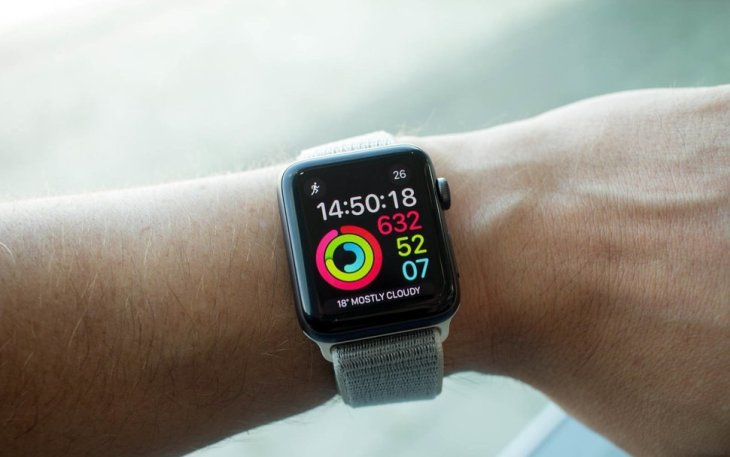
Apple launched its first Watch Series in April 2015, making us all think about a computer in the wrist. The watch turned out to be smarter than Fitbit just a little. But that’s all Apple needed for the Watch to become the best-selling smartwatch in the world in two years.
Companies like Fitbit and Garmin continue to produce fitness-tracking devices to help boost our daily activities by counting steps as well as other measurements to make exercise game-like.
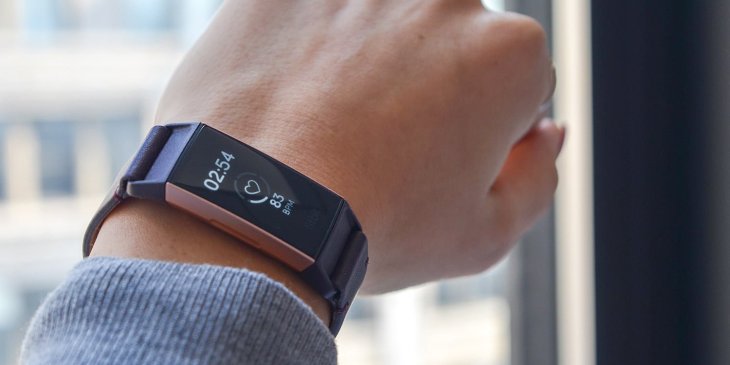
Furthermore, these devices aimed to offer a more convenient way of checking notifications so we can look at our phones less. Google Glass, released in 2013, was a device sharing the same idea. It came out ahead of its time and flamed out quickly, but AR glasses like the Google Glass could be among the biggest trends of the next decade.
Not only Google but also Apple and Facebook are developing their own AR glasses, expected to launch within the next few years.
6. Tesla Autopilot

Though compared to the other firms on this list, Tesla has the fewest products, it’s surely worth mentioning. The reason is that the company has helped push forward the development of EVs as well as self-driving cars more than any other automaker in the world.
In October 2015, the company gave the Model S the self-driving capability through a major upgrade which could be downloaded over the air in one of the biggest software updates as well as in-app purchases in the world, of all time. That, among other things that Tesla has done, makes it more like a tech firm than a car maker.
However, there has been a lot of controversy around Autopilot due to fatal accidents when became too dependent while it failed to protect people.
5. Using technology to fight technology
A major negative impact of the digital age on us is that we are now spending more time screening, sitting still rather than interacting in the real world, which can badly affect our health.
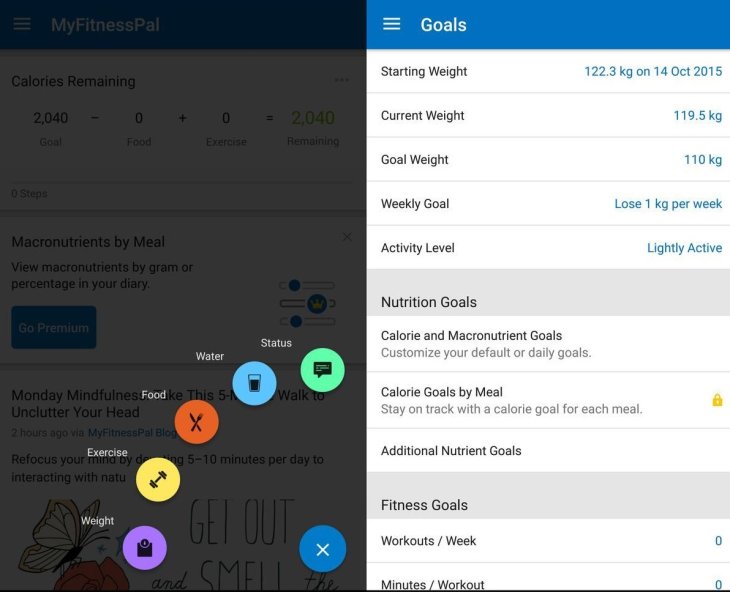
Since people are better aware of this issue, they are looking for tech measurements to monitor and manage their sleep, exercise, and diet. For fitness trackers, we have Fitbit and Apple Watch; for calorie counters and meal trackers, we have to Lose it and MyFitnessPal; and for sleep trackers, we have SleepNumber and SleepWatch.
There are many more out there that can help you quantify your health so you have the encouragement to eat better, exercise more, and sleep well. But it can’t be denied that this makes us further rely on tech.
4. Cord-cutting changes TV forever

The term “cutting the cord” probably makes you think of saving money by avoiding getting cable subscriptions. However, the term is also about people watching videos in a new way.
At a time when devices have better screens and the internet becomes cheaper, we are watching videos on TVs and smartphones more than ever. TVs are getting smarter while streaming boxes such as Apple TV, Fire TV, and Roku gives us better access to programming as well as select shows, so we no longer need those boxes. Many companies like HBO, YouTube, Hulu, and Nextflix have released their own streaming apps in which we can access their content, so the old TV models for surfing channels and recording a show on a DVR has disappeared.
3. Behind-the-scene revolutionaries: AI, data, and Cloud

All the trends we are talking about in this article are based on one thing: the explosion of artificial intelligence, big data, and cloud computing. These technologies are behind many new capabilities in devices, including low-light photography and data backups. They appear in Google Assistant, Amazon Alexa, Microsoft OneDrive, Apple iCloud, and Dropbox.
However, they often chug along in data centers located in remote places that are not affected by natural disasters and have cheaper electricity. If it hadn’t been for these huge advances in the last ten years, our devices would be much less smart and fun. Notably, after Apple stole Microsoft’s crown in the hardware market, the company turned into a cloud company and finally retook its crown as the most valuable tech firm in the world.
2. iPads, Chromebooks and a new era of PCs
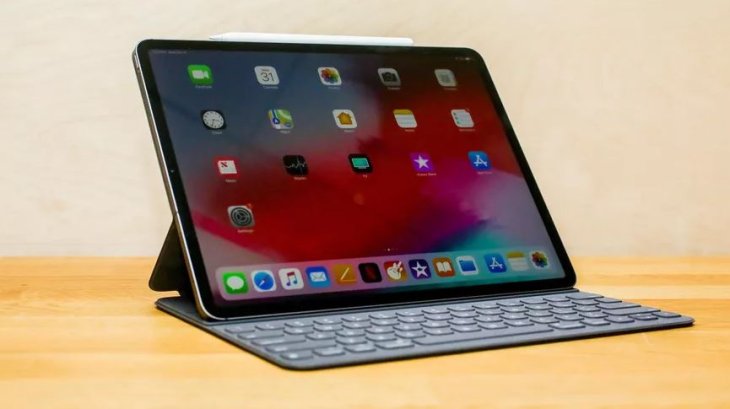
In 2010, Apple announced its first iPad, which was touted to be the definition of “an entirely new category of devices that will connect users with their apps and content in a much more intimate, intuitive and fun way than ever before.”
When asked if the iPad should be considered a computer, consumers decided that as Google Chromebooks and iPads were good enough for students and children, they could be chosen as their main computer. On certain parts around the world, smartphones even became the only computers people have.
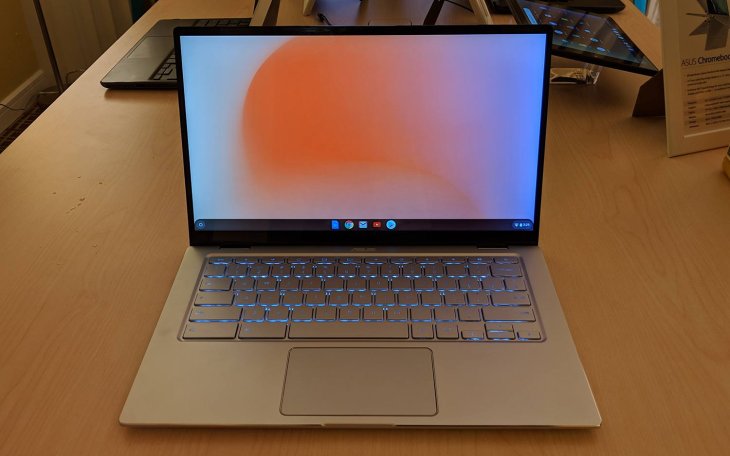
Today, many power users and workers still work on tradition keyboard-centric PCs, but many others have transferred to tablets and phones with new apps and touchscreen. As we’re moving closer to the end of the 2010s, computers are taking more and more characteristics of mobile devices.
1. 4G LTE
When the first 4G phone came out in March 2011 was the HTC Thunderbolt, it brought along what was probably the biggest leap forward ever from one phone generation to another.
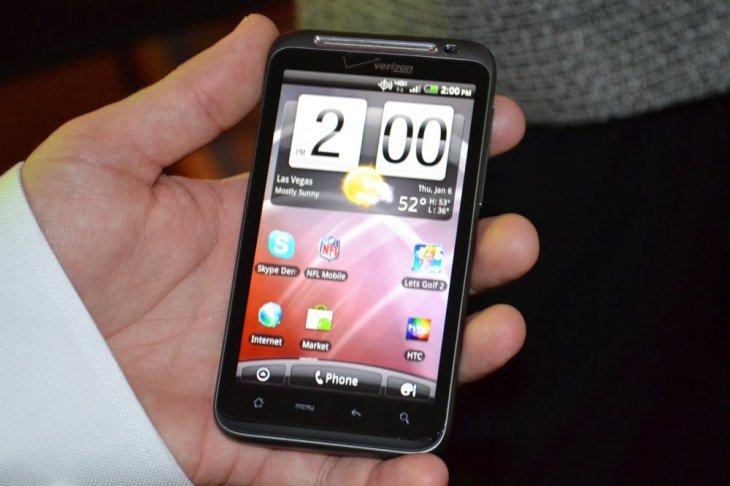
The Thunderbolt played videos, attached photos to messages, downloaded podcasts, and loaded webpages shockingly fast. Soon enough, 4G unlocked a ton of new capabilities, like real-time apps and mobile streaming, which had previously been limited on 3G phones.
With the appearance of 4G, the smartphone became the center of our everyday life over the decade. And now people are looking forward to the next big leap brought by 5G, which they expect to shape the upcoming decade. 5G is overhyped, but it’s still in the very early phase: while 4G was 5 times faster than 3G, 5G would be 10 to 100 times faster than the standard 4G. So, if 5G meets expectations, the next ten years look good.
Featured Stories

Features - Jul 01, 2025
What Are The Fastest Passenger Vehicles Ever Created?

Features - Jun 25, 2025
Japan Hydrogen Breakthrough: Scientists Crack the Clean Energy Code with...

ICT News - Jun 25, 2025
AI Intimidation Tactics: CEOs Turn Flawed Technology Into Employee Fear Machine

Review - Jun 25, 2025
Windows 11 Problems: Is Microsoft's "Best" OS Actually Getting Worse?

Features - Jun 22, 2025
Telegram Founder Pavel Durov Plans to Split $14 Billion Fortune Among 106 Children

ICT News - Jun 22, 2025
Neuralink Telepathy Chip Enables Quadriplegic Rob Greiner to Control Games with...

Features - Jun 21, 2025
This Over $100 Bottle Has Nothing But Fresh Air Inside

Features - Jun 18, 2025
Best Mobile VPN Apps for Gaming 2025: Complete Guide

Features - Jun 18, 2025
A Math Formula Tells Us How Long Everything Will Live

Features - Jun 16, 2025
Comments
Sort by Newest | Popular